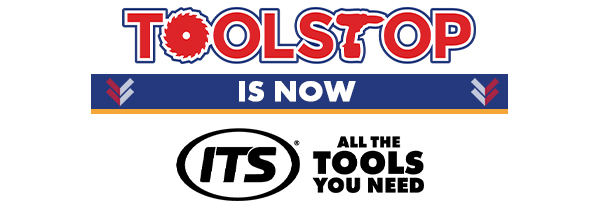Jigsaws
Jigsaws provide versatile cutting solutions for complex shapes, curves, and intricate designs in wood, metal, and plastic. With ergonomic designs and precision controls, these tools make detailed cutting tasks effortless for both pros and DIY enthusiasts.
Who Uses Jigsaws?
Jigsaws are essential for professionals who require versatile cutting capabilities across various materials. From woodworkers to home renovators, jigsaws offer the accuracy and adaptability needed to complete diverse tasks.
- Woodworkers – Perfect for creating intricate cuts, curves, and angles on wood for custom furniture, frames, and decorations.
- Metalworkers – Use jigsaws equipped with metal-cutting blades to shape and trim metal sheets precisely.
- Home Renovators – Ideal for cutting out sections in walls, floors, or cabinetry during remodeling projects.
- DIY Enthusiasts – A go-to tool for various home improvement projects, from cutting laminate to shaping materials for art and crafts.
Jigsaws Are Great for Jobs Such As:
- Creating Decorative Cuts – Use a jigsaw to cut patterns, curves, and unique designs in wood or metal.
- Cutting Holes for Fixtures – Easily cut precise holes in panels or walls for pipes, electrical sockets, and fixtures.
- Shaping Countertops – Make smooth, custom cuts to fit countertops perfectly around sinks or irregular spaces.
- Installing Flooring – Trim and shape laminate or vinyl planks to fit corners and unique room layouts.
- Crafting DIY Projects – Ideal for making customized shapes for crafts, art pieces, or woodworking projects.
How to Choose the Best Jigsaw
Choosing the right jigsaw is key for precise and efficient cutting, whether for detailed woodworking or versatile home projects. Here are essential features to consider to ensure the jigsaw you select meets your needs.
1. Power Source: Corded vs. Cordless Jigsaws
Corded Jigsaws: Offer consistent power and are ideal for longer jobs where uninterrupted power is essential. However, they limit movement due to the cord.
Cordless Jigsaws: Great for portability and ease of movement, especially on job sites. Battery life is a consideration but can be extended with spare batteries.
2. Blade Type and Compatibility
Choose a jigsaw that fits standard T-shank blades, which are easier to change and offer secure fitting. Make sure it’s compatible with blades designed for specific materials, like wood, metal, or plastic, to ensure versatility.
3. Variable Speed Control
Jigsaws with variable speed settings allow you to adjust the cutting speed based on the material. Lower speeds work best for harder materials like metal, while higher speeds are suitable for quick, clean cuts in wood.
4. Orbital Settings for Smooth Cuts
Orbital action settings add circular motion to the blade, making it easier to cut through thick or tough materials. Adjustable orbital settings allow greater control over cut smoothness and are useful for various project needs.
5. Dust Blower and Extraction Port
A dust blower keeps your cutting line clear for improved visibility. Some jigsaws also feature dust extraction ports, allowing you to connect a vacuum for a cleaner work area—ideal for indoor or detailed work.
6. Comfort and Ergonomics
Look for a jigsaw with an ergonomic grip and balanced weight. This makes it easier to control the tool for extended periods, reducing hand fatigue, especially important when working on larger projects or intricate cuts.
7. Bevel Capability for Angled Cuts
If your projects involve angled cuts, a jigsaw with adjustable bevel settings (usually up to 45 degrees) is a must. This feature is particularly useful for creative woodworking and detailed carpentry.
What Types of Blades Can Jigsaws Use?
Jigsaw blades come in various sizes and types, suited for cutting a range of materials from wood to metal. Blade kerf, the width of the cut made by the blade, affects performance significantly. Narrower kerfs require less power and deliver finer finishes, perfect for detail work, while wider kerfs offer durability and speed, ideal for more robust cutting tasks.
| Blade Type | Primary Application | Example Image |
|---|---|---|
| Wood-Cutting Blade | Designed for smooth, accurate cuts in wood, plywood, and laminate. | 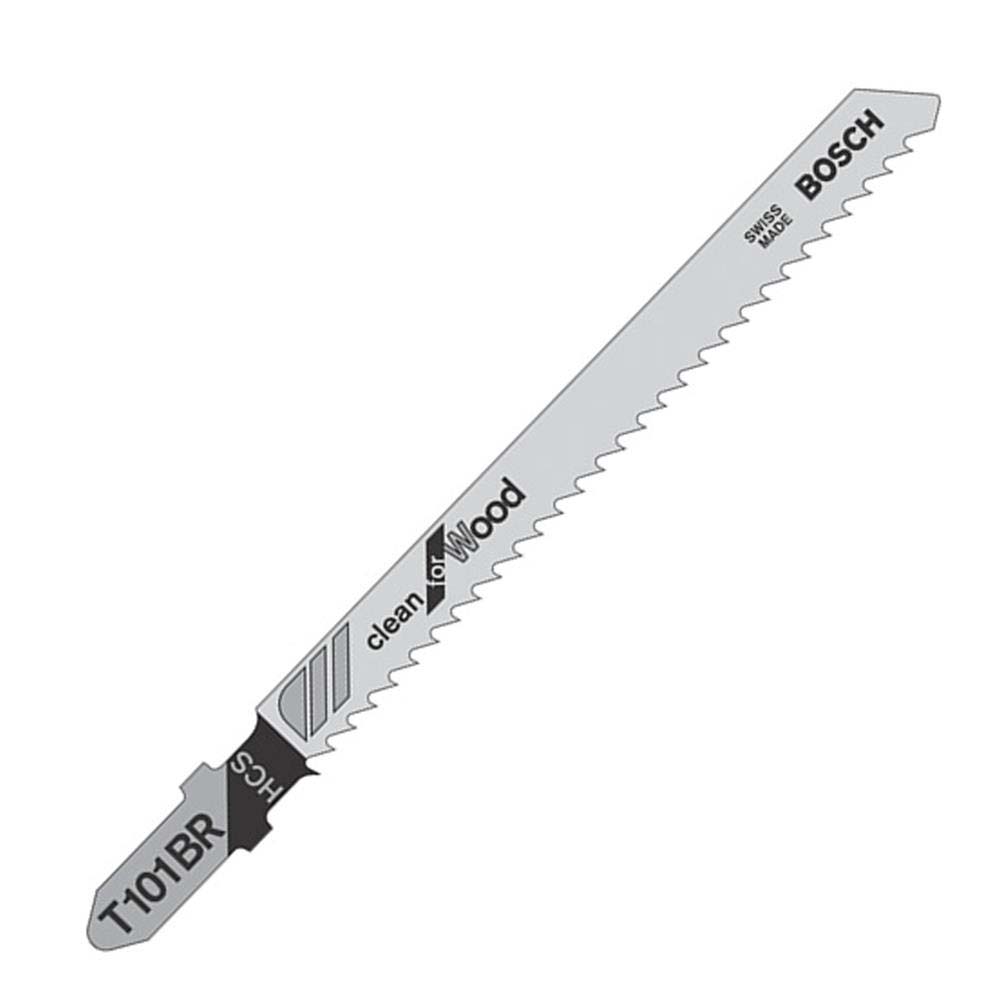 |
| Metal-Cutting Blade | Ideal for cutting through metal sheets and pipes with precision. | 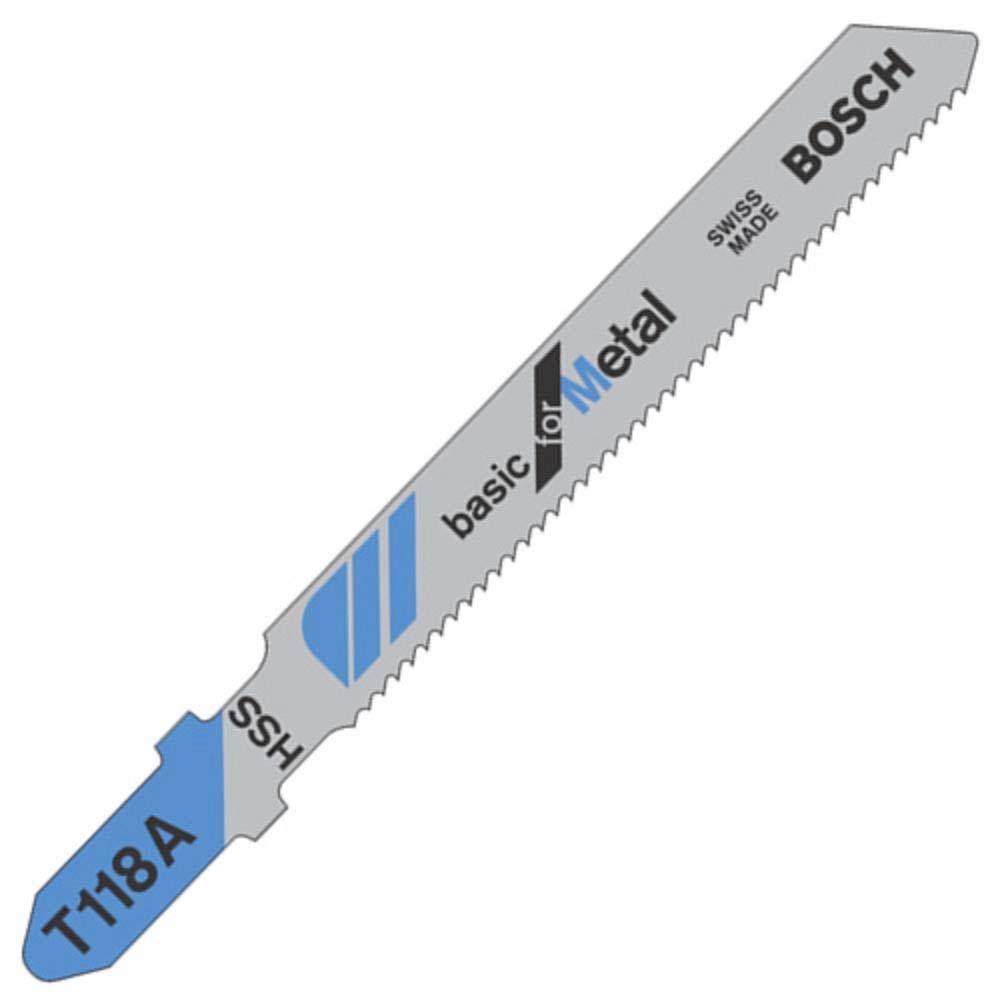 |
| Reverse-Tooth Blade | Perfect for laminates and minimizing splintering on the surface. | 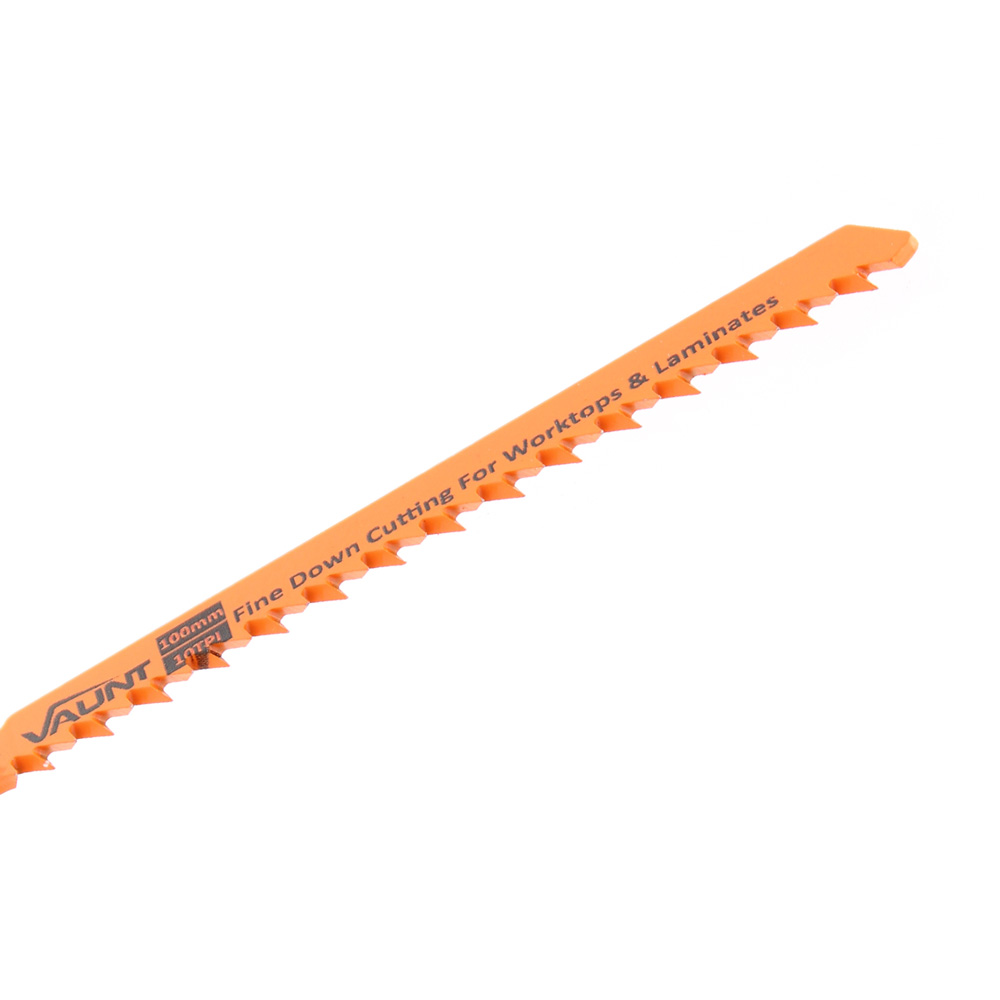 |
| Scrolling Blade | For intricate and curved cuts in wood and softer materials. | 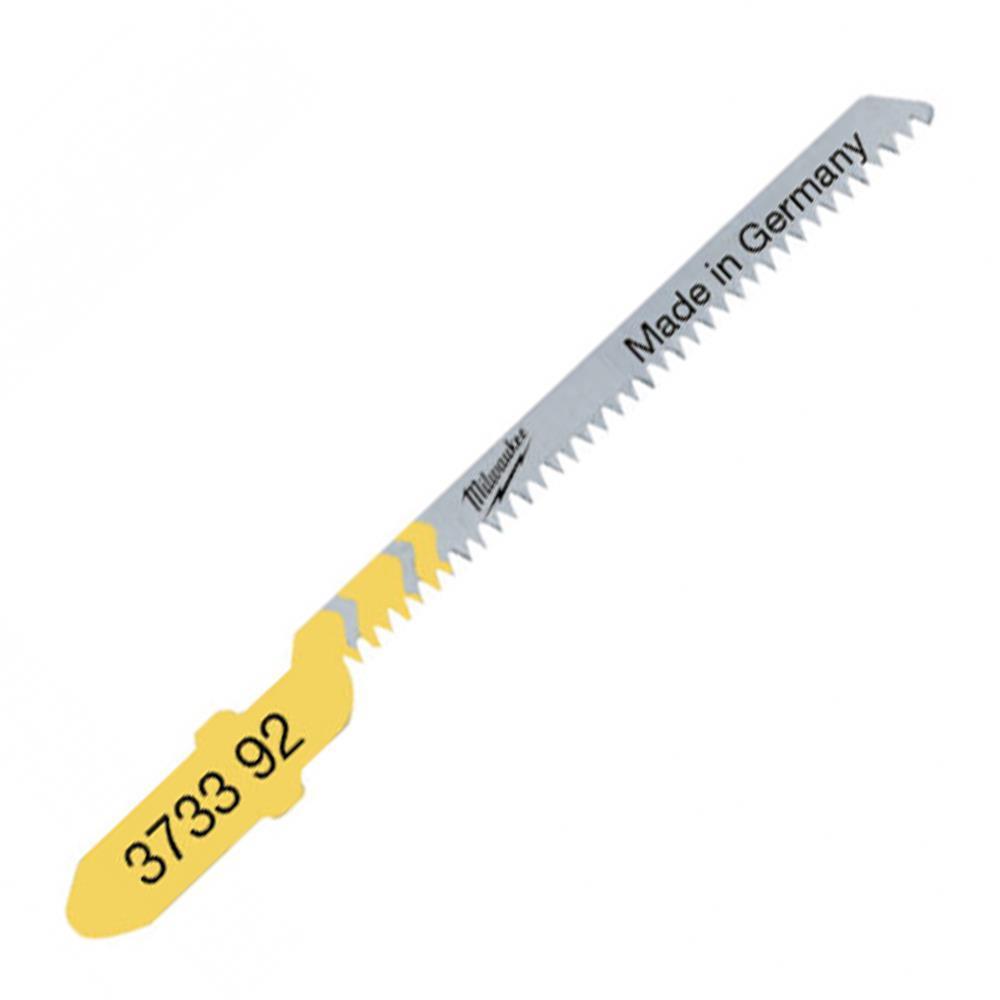 |
| Carbide Grit Blade | Specialized for cutting tough materials like ceramics, fiberglass, and plaster. | 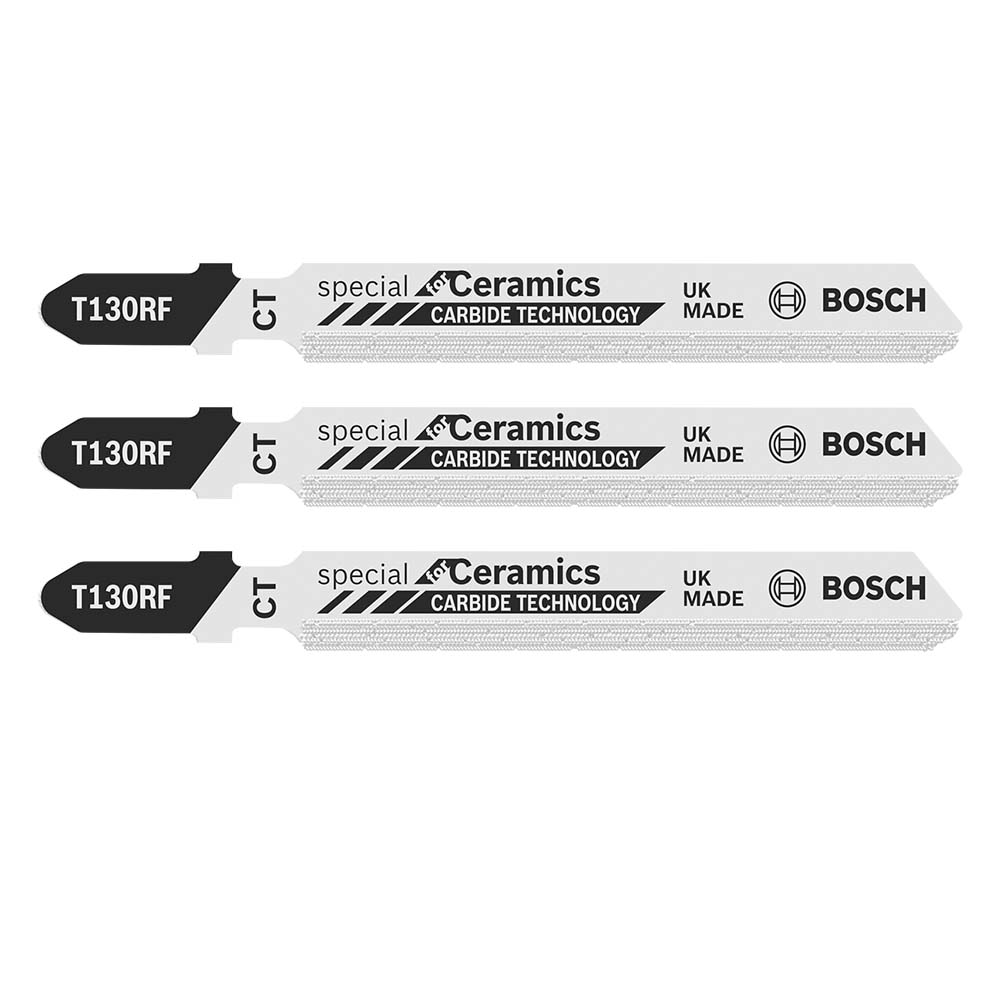 |
Essential Accessories for Jigsaws
Choosing the right accessories for your jigsaw can significantly enhance its performance, making cuts cleaner, reducing downtime, and improving overall efficiency. Here are some popular accessories that can take your jigsaw experience to the next level.
1. Jigsaw Blades
Quality jigsaw blades are essential for precise cuts in various materials. With options for wood, metal, and specialized materials, you can select blades designed for the specific task at hand, ensuring smoother, faster, and cleaner cuts.
2. Dust Extraction Attachments
Dust extraction attachments connect your jigsaw to a vacuum, keeping the workspace clean and the cutting line visible. This is especially helpful when cutting materials that produce fine dust, such as MDF or plywood, enhancing both accuracy and safety.
Frequently Asked Questions
What materials can I cut with a jigsaw?
Jigsaws are highly versatile and can cut through various materials, including wood, metal, plastic, and even ceramic tiles. The material you can cut depends on the blade used; specialized blades for each material ensure smooth and precise cuts.
How do I choose the right jigsaw blade?
Choose a blade based on the material you’ll be cutting and the type of cut you need. Wood blades typically have larger, widely spaced teeth for fast cuts, while metal blades have smaller teeth for precision. T-shank blades are commonly preferred for ease of use and compatibility with most jigsaws.
Can a jigsaw make curved cuts?
Yes, a jigsaw is ideal for making curved and intricate cuts. The narrow blade allows for easy maneuvering, and choosing a blade suited for scrolling can improve accuracy on tight curves. Guide your jigsaw slowly to maintain precision on curves.
What is the difference between corded and cordless jigsaws?
Corded jigsaws provide continuous power and are ideal for extended use without worrying about battery life. Cordless jigsaws offer more portability and freedom of movement, making them suitable for jobs where outlets are not accessible. Battery life is a consideration with cordless models, especially for long projects.
How do I reduce splintering when using a jigsaw?
To reduce splintering, especially on wood, use a reverse-tooth blade or apply masking tape along the cut line. Another technique is to cut with the finished side facing down, as most jigsaw blades cut on the upstroke. Splinter-free blades and slower speeds also help create cleaner edges.

